#Analytical Chemistry
Explore tagged Tumblr posts
Text
A team of materials scientists and engineers at ETH Zurich has developed a light-triggered chemical process for breaking down certain polymers into their constituent monomers. The paper is published in the journal Science. In recent years, scientists have become aware of new problems associated with the mass production of polymers—microplastics can now be found on every part of the Earth, including inside virtually every person on the planet. Part of the problem is the difficulty and expense involved in recycling plastics, which makes it easier to throw them in the trash or the ocean.
Continue Reading.
64 notes
·
View notes
Text

43 notes
·
View notes
Text
I hate that analytical chemistry is called that how I am supposed to take an article seriously that’s published in a journal called Anal. Chem.
#and also like. my name COULD be a really cool pun#like I could have a analyssis as a cool user name#but my friends are ruthless and they would twist that#damn you scientists and naming things#stemblr#chemical biology#chemistry#chemblr#stem#uni student#university#studyblr#analytical chemistry
30 notes
·
View notes
Text
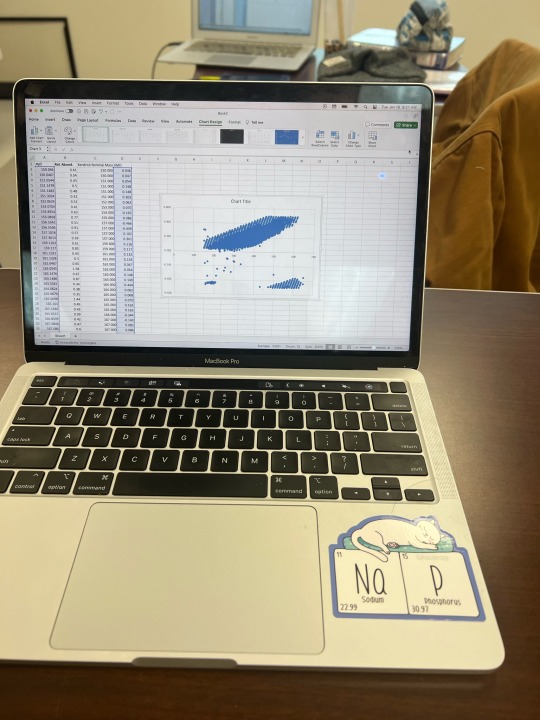
Learning about Kendrick mass defect plots 🤍
It feels good learning about things that directly apply to my research 🔬
#chemblr#studying#studyspiration#undergraduate#stem major#stem#stem academia#stemblr#study space#chemistry#analytical chemistry#mass spectrometry
35 notes
·
View notes
Text


Sigh, I’ve been trying to study all week but lately the work I’ve been doing for my research lab has been going nowhere and it’s left me unmotivated…I went on a walk
8 notes
·
View notes
Text
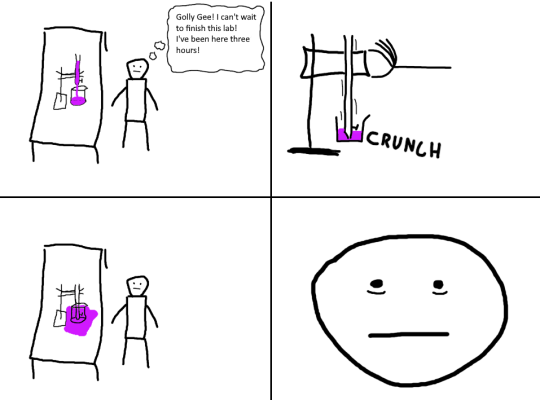
Artist's rendition of my experience in analytical chem
#chemistry#titration#analytical chemistry#comic#my art#potassium permanganate#average lab activities#it was so annoying to clean up cause i didn't want it to stain the bench
4 notes
·
View notes
Text
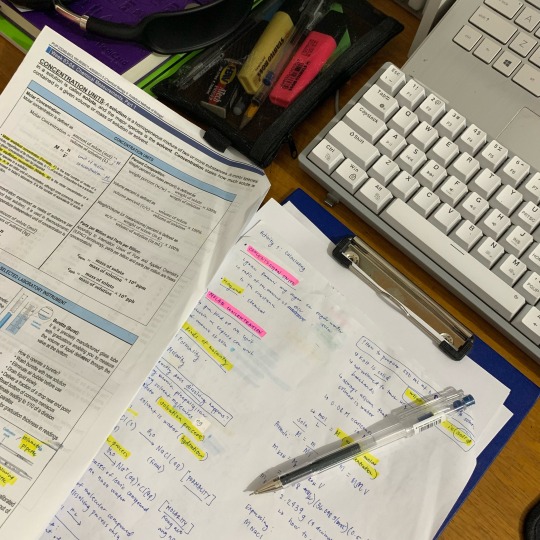

A very slow day 🫠
studying anachem makes me wanna cry, can my mum just pick me up cmao ~
#studywithme#studygram#study aesthetic#study motivation#studyblr#studying#analytical chemistry#chemistry#science#🌱#🩺#stem#notes#study notes#my notes#lab notes
15 notes
·
View notes
Text

5 notes
·
View notes
Text
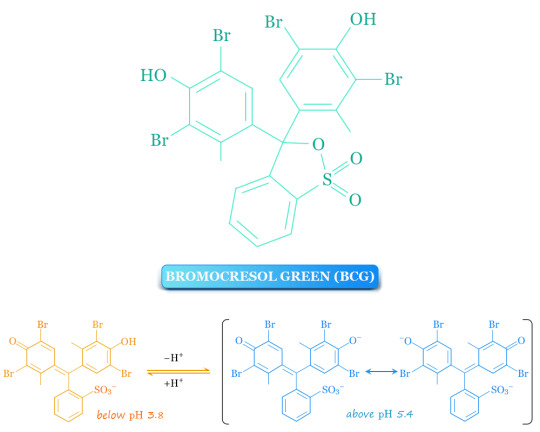
Bromocresol green (BCG) is a dye that is used in chemistry and analytical chemistry as a pH indicator in acid-base titration and in thin-layer chromatography staining solutions to visualize acidic compounds. Generally, the indicator can be prepared by dissolving BCG in an ethanol solution.
#Bromocresol Green#Bromocresol#phenolphthalein indicator#ph indicator#chemistry#analytical chemistry
7 notes
·
View notes
Text
And analysis is by no means straightforward.
"Environmental Chemistry: A Global Perspective", 4e - Gary W. VanLoon & Stephen J. Duffy
#book quote#environmental chemistry#nonfiction#textbook#analysis#straightforward#analytical chemistry
3 notes
·
View notes
Text
The continuing release of carbon dioxide into the atmosphere is a major driver of global warming and climate change with increased extreme weather events. Researchers at Johannes Gutenberg University Mainz (JGU) have now presented a method for effectively converting carbon dioxide into ethanol, which is then available as a sustainable raw material for chemical applications. "We can remove the greenhouse gas CO₂ from the environment and reintroduce it into a sustainable carbon cycle," explained Professor Carsten Streb from the JGU Department of Chemistry. His research group has shown how carbon dioxide can be converted to ethanol by means of electrocatalysis.
Continue Reading.
#Science#Environment#Chemistry#Analytical Chemistry#Materials Science#Climate Crisis#Global Warming#Carbon Dioxide
949 notes
·
View notes
Text
Parts per million (ppm) is a way of expressing very dilute concentrations of substances
Parts per million (ppm) is a way of expressing very dilute concentrations of substances. To calculate ppm, you can use the following formulas depending on what information you have. Mass base example volume base calculation Practical Notes For dilute aqueous solutions, 1 ppm is roughly equal to 1 mg/L. For gaseous mixtures, 1 ppm is often taken as 1 µL of gas per liter of air. Summary PPM…

View On WordPress
2 notes
·
View notes
Text
Spending nearly 5 hours on an assignment worth only 2% of a mark normally doesn’t feel great but my grad student mentors said that my rough draft exceeded their expectations and they had no big comments on the final draft and that’s worth soooo much more to my ego than 5 hours teehee.
#I certainly do hope it was that good since basically all I’ve done for this thesis is background research so far lol#like honestly I think they should have set their expectations higher#for how much time I’ve spent just looking at literature this should have been a well put together outline#but still it does feel VERY nice to know that I’ve impressed them#had to brag juuuuust a little while I can lol#if my summer was any indication something is bound to kick my ass soon#so I gotta celebrate the wins while I have ‘em#stemblr#chemical biology#chemistry#stem#chemblr#studyblr#uni student#university#analytical chemistry#atmospheric chemistry
15 notes
·
View notes
Text
Is there a good way to get access to a mass spectrometer as an amateur chemist? I want to synthesize e.g. aspirin and verify the purity
(I understand that this is not the same as it being safe to take if the mass spectrometer only shows peaks corresponding to the product. I'd still be curious)
9 notes
·
View notes
Text
Chemistry’s Chameleon: The Self-Repairing Marvels of Chemical Gardens
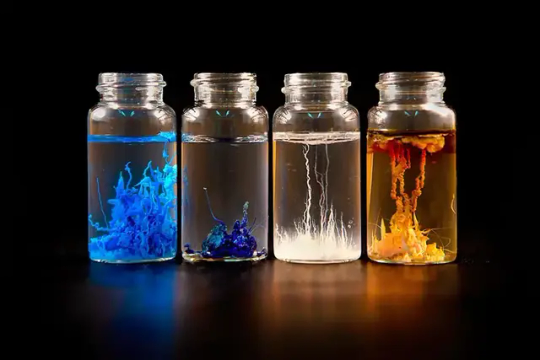
Chemists have been enamoured with the vibrantly coloured, coral-like structures that develop when combining metal salts in a tiny vial since the mid-1600s.
To date, scientists have been unable to simulate the functioning of these ostensibly straightforward tubular structures, known as chemical gardens, or the patterns and laws that control their development. Oliver Steinbock, an associate professor of chemistry and biochemistry at FSU, described it as "very interesting in a materials context." They don't develop as crystals do. A crystal grows and has lovely, pointed corners.
Chemical gardens typically develop when metal salt particles are added to a silicate solution. A semipermeable membrane that erupts upward in the solution as a result of the dissolving salt's reaction with the solution gives the structure, which resembles coral in appearance, a biological appearance.
The chemistry is associated with the development of hydrothermal vents as well as the corrosion of steel surfaces, where insoluble tubes can develop. The researchers were able to simulate a variety of distinct shape patterns, some of which resembled flowers, hair, spirals, and worms thanks to the constriction between two layers.
The designs could be made up of self-extending filaments, loose particles, or folded membranes, for instance. The self-healing properties of the material were also shown by the model, which supported observations that fresh membranes expand in response to microbreaches.
#Analytical chemistry#Applied Chemistry#Organic chemistry#Chemistry#Medicinal chemistry#Physical chemistry#In- Organic Chemistry
8 notes
·
View notes
Text
I'm afraid to ask what's going on page 157

15 notes
·
View notes